Homegrown Thanksgiving '23
Introduction to the Challenge
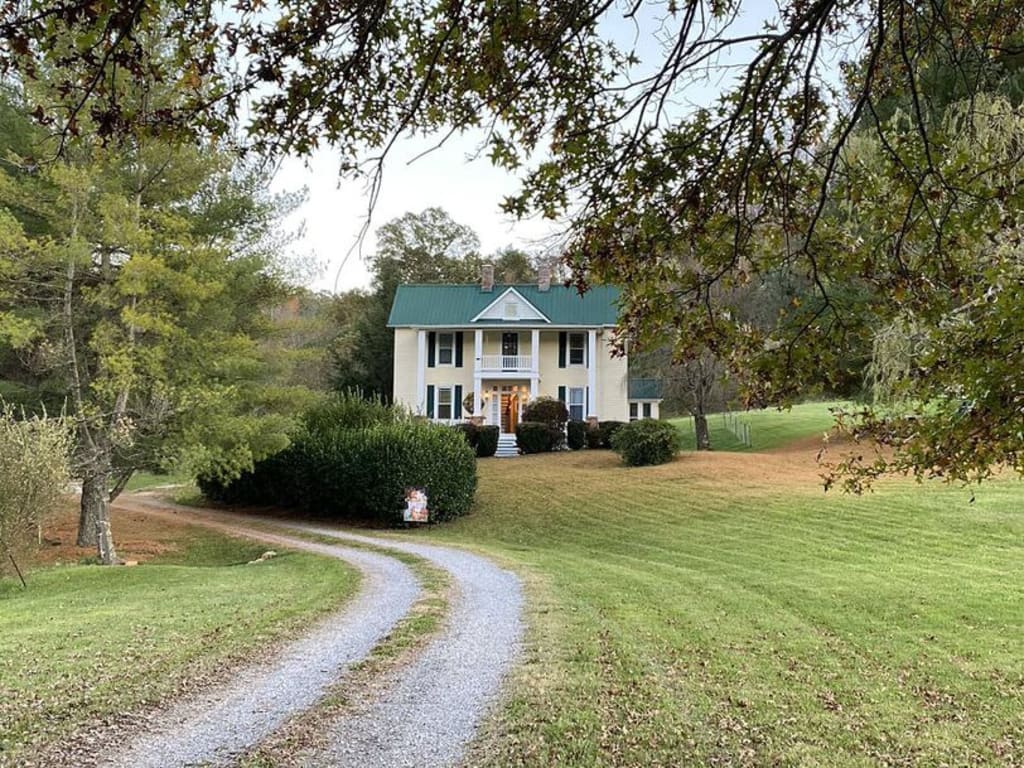
This is the first entry documenting our 14-month challenge to ourselves. Regardless of the outcome, subsequent entries, photos, recipes and social media posts will be arranged into a book format for publication.
* * *
Today is August 9, 2022, and it is the first day of our 14-month journey to plan, produce, prepare and serve an entirely Homegrown Thanksgiving Feast to family and friends Thanksgiving Day, 2023.
Normally, a delicious Thanksgiving feast would not be a challenge for us — I’m the turkey chef, because I love doing it, while Jessica does everything else — but one made entirely of food and ingredients grown, harvested, hunted and produced right here on Fain-XX Farm (pronounced fān’nĭks) will be. As a nation, we have grown so accustomed to having everything available to us, that it is easy for the common observer to oversimplify this challenge, but when one breaks it down to the foundational components, the level of difficulty is realized. It isn’t as simple as killing a wild turkey in season (the live bird not a bottle of whisky, though there may be a few of the latter consumed in the process), or growing pumpkins for a pie. Notwithstanding, the beer and honey that I use for basting my turkey, pumpkin puree is not very appetizing without the necessary sugar and spices, and unless one wants to slurp the concoction out of a bowl, it needs a crust, which can’t be made without flour, eggs, milk and sugar.
— Jessica reminded me that she only needs butter, flour and sugar for her crust, but I would like to point out that we don’t get butter without milk and though she may not use egg in her recipe, some people do. I also read that egg glaze can make the crust shiny and brown, so we’ll just make that a learning point to try on this year’s pie.
Regardless we have the ducks and chickens for eggs; for milk, we are considering a cow or some goats, but flour and sugar will require prior planning and preparation well in advance of Thanksgiving… Thus, why we aren’t doing it this year.
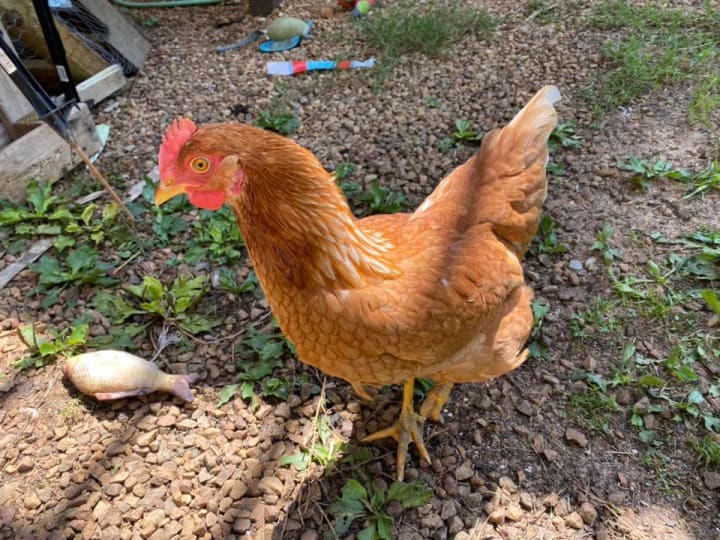
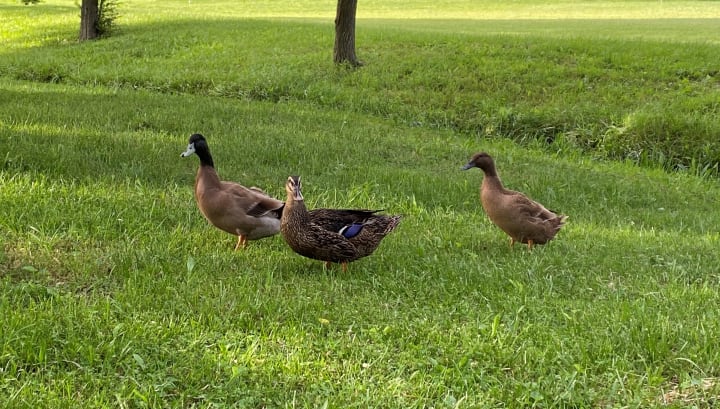
This year’s Thanksgiving is an important part of successfully executing the challenge, however. As we construct the feast this year, Jessica and I will have to carefully record every ingredient. The goal for Thanksgiving 2023 is to prepare a feast made only from ingredients procured on the farm by our labors, so this year’s feast will have to be artfully constructed and deconstructed to establish a baseline for 2023. Understandably, there must be substitutions. For example, I don’t see establishing a cranberry bog before November 2023, but as we discovered last year, we can stand buried to our eyeballs in silverberry; aka, winterberry; aka, autumn olive. A silverberry compote shouldn’t be that far removed from a traditional cranberry sauce. Although it would have a different look, blackberry or black cherry preserves would offer a similar side dish as well. Both, latter berries are also prevalent on Fain-XX Farm.
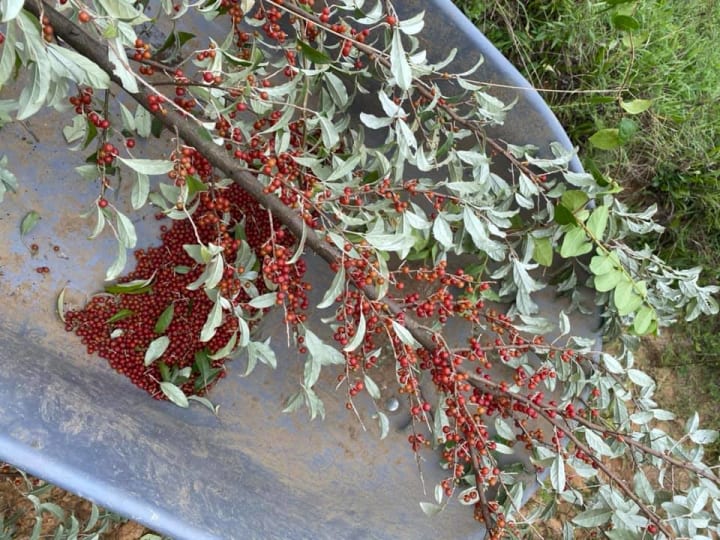
Sadly, I expect we may have to settle for a couple of exceptions to the challenge as well, although I’m only prepared to accept one for now, Salt. Salt will be a necessary ingredient in almost every recipe and a necessity for increasing the boiling point of water, which will also likely be required for some dishes. Unless I discover a salt mine on the farm between now and then, we will have to rely on accepted trade practices to procure the salt we need for the Thanksgiving 2023 feast. Alternatively, I don’t think squeezing the salt from my sweaty socks for a year will be appropriate or appreciated.
The catalyst for creating this challenge for us came two days ago when I was blessed to find a pawpaw patch on the back slope of our property, perfectly hidden just inside a grown-up forest canopy. I realize the connection from finding a pawpaw patch to producing a Homegrown Thanksgiving in 14 months might be obscure without an explanation so I will endeavor to do so.
Since purchasing the farm more than two years ago, we have wanted to produce something that we could enjoy as well as offer commercially to a local market. Unfortunately, our timing couldn’t have been much worse. Even though I receive a nice retirement income from 25 years of Army service, Jessica and I were both working full time to supplement that income so we could afford our dream, our 115-year-old federal-style home on 32 acres of fertile valley and forested hills. The original plantation home was owned by Richard and Eliza Fain but burned to the ground in 1897. Because our home was built over its ashes, we call it The Phoenix of Fain-XX Farm — Fain, of course paying tribute to the original landowners and the double XX for the year we acquired the property, pronounced as fān’nĭks reverting back to the mythical phoenix that represents our renewed spirits. The pandemic hit our employer hard. By the end of the year, I was out of a job and four months later so was Jessica. We’ve both found new jobs making nearly what we were making previously, but the damage had already been done. Now we are in a recession and the cost of living has gone up dramatically.
We are fortunate! I know there are many families hit much harder by the events of the last two years than we are. So, I’m not complaining, but circumstances have prevented us from fulfilling all our original intentions for Fain-XX Farm. Without the ability to purchase necessary material and equipment, and an innate, stubborn aversion to asking other busy people for help, we have had to be creative at finding ways to produce even for our own use. Still, the desire to do something bigger, something more, something we can share is there.
I grew up on a tobacco farm in the neighboring Greene County. Beside the fact that I didn’t want to go back into the tobacco business, tobacco is a hard and dirty job even when you have the equipment and manpower to do it. If we were going to produce, we needed to do something that required less of an initial commitment and an orchard seemed a viable solution. Of course, we knew it was going to take several years to establish fruitful stock, once acquired, and I’m no Johnny Appleseed, but manually digging holes is something I can do and tending to trees is something I enjoy. Still, another apple orchard in East Tennessee carries about as much excitement as another peanut farm in Georgia; I wanted something different, and that is when I had a vague recollection of the lyrics from an old nursery rhyme, “pickin’ up pawpaws, put em in your pocket… way down yonder in the pawpaw patch.”
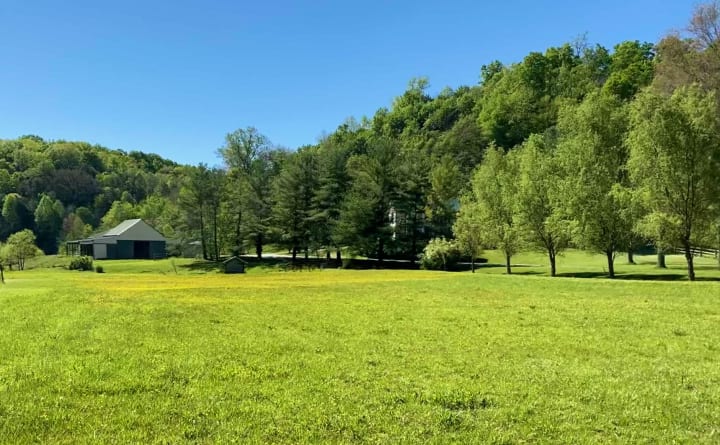
I don’t recall ever seeing a pawpaw before last Sunday, and to this day I have never tried one, but I remember reading about how the American Indians used to cherish the pawpaw and that up until a couple generations ago, the pawpaw was a popular native fruit for its taste and texture resembling that of a banana. Recently I saw an article by the USDA that indicated that young pawpaw trees are the most prevalent saplings in Appalachian forests today. With reviews like that, it would seem unfathomable that not only have most people my age never tried a pawpaw, the vast majority have never even heard of them. Nearly two years ago, I made the determination to change that, at least locally. I told Jessica back then that I wanted to turn the flattest, most fertile field in the front of our farm into a pawpaw patch and started tending to that field in preparation for the day I could acquire the trees.
Pawpaws are not cheap I learned. Even a dozen, gallon-sized potted trees could cost as much as $1000. I needed to find the trees locally, either on our farm, or on neighboring farms… with permission of course. Jessica pointed out that it was rather shallow to rely on only one fruit for a commercial endeavor, and I agreed especially considering the small harvest window for the pawpaw, the fact that the fruit needs to be purchased fresh and won’t do well to be shipped. Thankfully, I have a thing for persimmons too, another almost forgotten fruit. I remember as a child visiting a large persimmon tree at the farthest corner of my papaw’s farm. It was just the coolest fruit to me, a big juicy tomato growing on a tree. But persimmons are a fragile fruit as well, so there still had to be something else.
Pears, we decided would be a nice alternative to apples. I’ve always liked a good pear at just that right ripeness when you bite through a tough outer skin into a soft middle, bursting with so much juice and flavor it’s impossible to contain behind closed lips. Pear trees would require some capital for sure, as would plums, another option, but would be worth it when the money is there.
Finally, just because they were readily available, we added peaches to the desirables as well. Three springs ago, I purchased two peach trees for the old homestead in Greene County. The trees more than doubled in size during that time and have even produced a handful of peaches. This year they were so covered in suckers that I decided to attempt to establish some new trees, and it wasn’t hard. Nearly every sucker I planted in the small root incubator I made took hold giving me about 18 potted trees, of which I have put 10 in the ground to date. This far north, with the high probability of a late frost, peaches are at best a commercial long shot, but if I can salvage enough for our own personnel use each year, they are worth the effort.
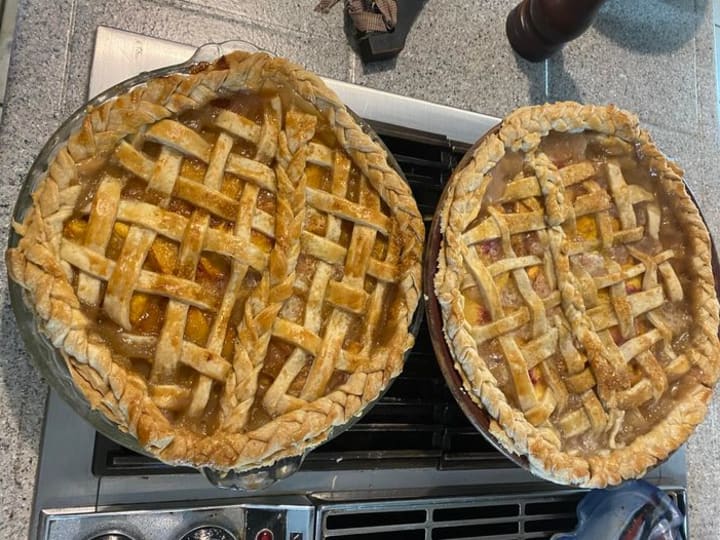
Without knowing it then, we put the plan in place for the Quintessential P’s of Fain-XX Farm, but it was still only a plan without the necessary capital to bring to… FRUITion.
This spring, as time and weather allowed, I started searching our dense woods in search of pawpaw that I could transplant to the fertile flat in lieu of purchasing. Even if I could afford to purchase the pawpaws, most nurseries had very limited stock and the stock they did have wouldn’t ship until fall. Armed with a plant identification app on my phone and internet photos of pawpaw leaves that looked remarkably like shagbark hickory to me, I searched for weeks with no luck at finding pawpaws. Then, one sunny June afternoon while I was mowing a trail I keep through the grassy northwestern slope that hasn’t been Bushhogged for more than two years, I noticed a young tree slightly taller than the surrounding grass. It was obvious to me that this tree was some sort of fruit tree, but I had no idea what kind. I reached for my phone, opened the app and snapped a photo. After a short deliberation, the app identified the tree as a common persimmon.
“Holy crap!,” I know I said out loud over the sound of my riding mower.
I didn’t believe it, so I selected a new search and snapped another picture. Once again, the app read “common persimmon.” I was so excited to get back to the house and show Jessica, I almost didn’t notice that I was actually in the middle of a grove of dozens of young persimmon trees, all less than three years old. “I won’t even have to move them,” I said out loud again. There will need to be some thinning out, to allow the bigger healthier trees to grow, but with very little personal capital, my persimmon orchard spontaneously sprung up from nothing and in 3 to 5 years, will produce delicious fruit. As if that were not blessing enough, about 3 weeks ago I discovered just as many if not more persimmon on the south slope at the southern-most corner of Fain-XX Farm. We were blessed to know that we would not want for persimmons, but we still hadn’t found a pawpaw.
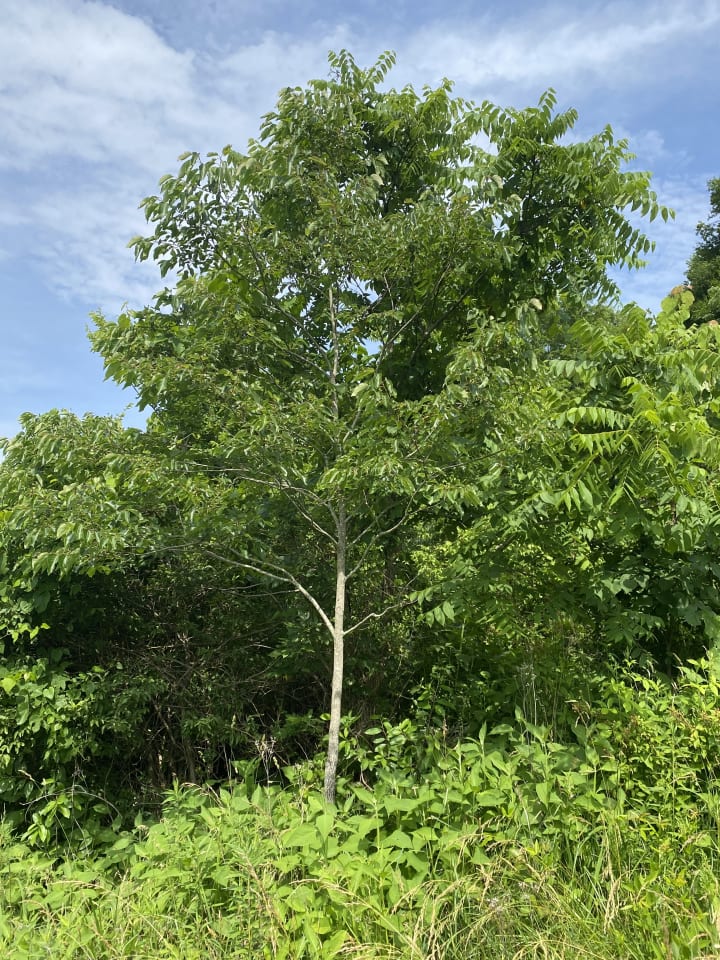
I felt as if a divine hand had grabbed me by the chin, turned my head in that direction and then a disembodied voice said, “look here!”
This past Sunday, as I was returning from a barefoot hike with my dogs to our large fishpond near the southern boundary of our property, I saw some thin saplings peaking around a young black walnut tree blocked by pokeweed, blackberry and wild rose. I felt as if a divine hand had grabbed me by the chin, turned my head in that direction and then a disembodied voice said, “look here!” I couldn’t get very close considering I was shoeless and didn’t even have a stick to beat back the brambles, but I had looked all over this stretch of trail and those trees were something I hadn’t noticed before. I hurried back to the house told Jessica I think I found some pawpaws and that she needed to grab some shoes and come back out with me. I slipped on my wet-dry boat shoes, grabbed my brush ax from the barn and together, Jessica and I went back to get a closer look.
I cleared the weeds, briars and brambles to make a path up to the saplings, pulled out my phone, opened the app and took the picture. An arrow spun around the center of the screen briefly and then… “Pawpaw — Asimina Triloba.”l
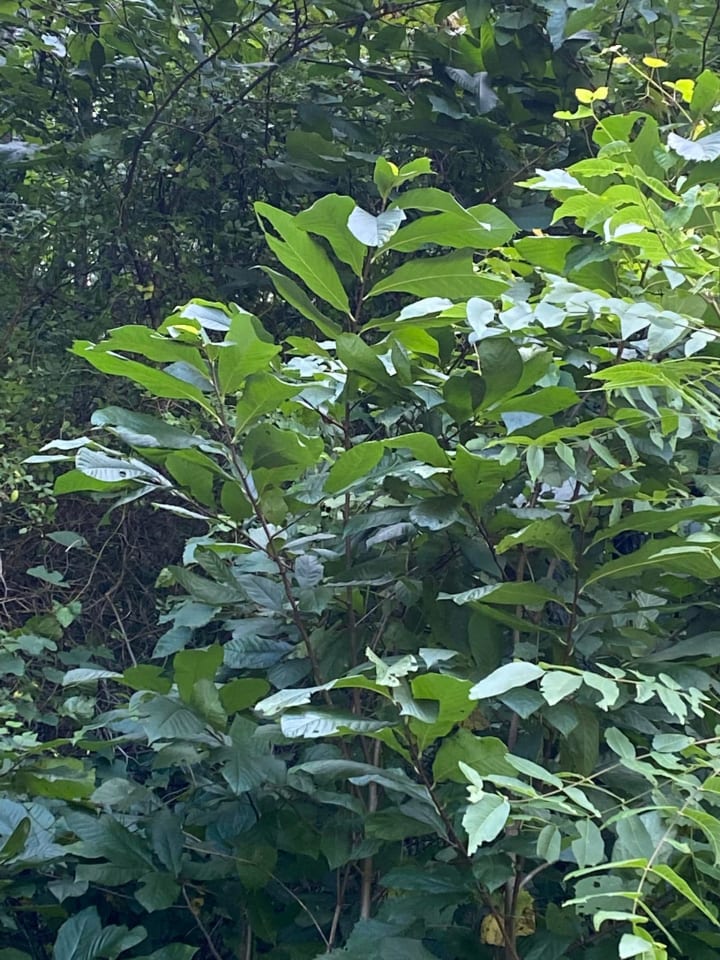
From Jessica’s perspective, I’m sure I looked like an 8-year-old on Christmas Morning, but the best was yet to come.
“Hey! What’s that up there,” she said pointing to some partially exposed limbs emerging from the canopy. “Those look like the same leaves.”
The light was dimming, and my eyes aren’t what they used to be. I strained to get a better look at what she was pointing to while struggling to maintain my balance on a steepening slope.
“You might be right,” I said. “I need to get in there so I can look closer.”
About 15 feet away, I found a narrow path through the overgrowth and wildly swung my brush ax to widen the trail while trying to maintain my forward momentum up an exponentially steeper slope. Two invasive Chinese privets blocked my way. It took several swings from the ax, but I finally severed both bushes at ground level and I was in, standing under a substantial tree with speckled gray and white bark and leaves that did in fact look like the samplings I just found. Then I saw it, an olive-green fruit about the size of a walnut. As I broadened my gaze, I noticed more and bigger trees with more and bigger fruit. I was standing in a pawpaw patch.
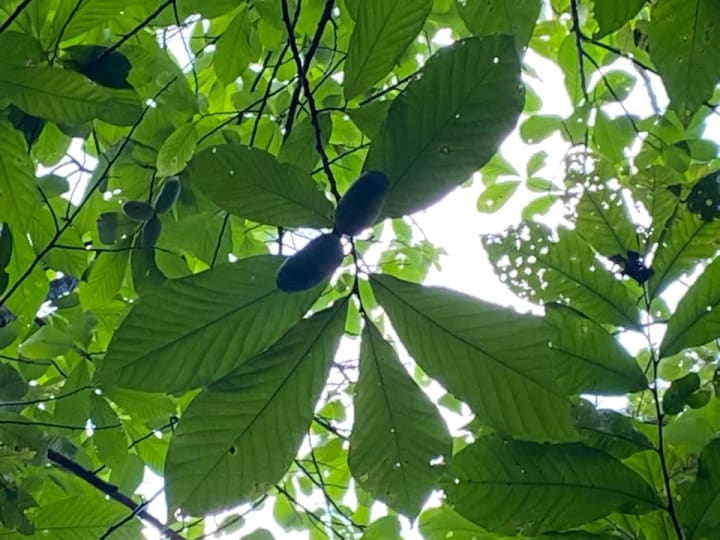
When the Old World was inundated by feudal states and a man and his family labored for a lord, the New World offered a place where a man’s spirit was unbridled and the fruit of his labor was his own.
I realize that I have rambled on about discovering pawpaws and identifying the Quintessential P’s, but I still have not managed to connect any of it to preparing a Homegrown Thanksgiving in 14 months. It is… elementary. Discovering the pawpaws on our property just two days ago was the recognition that our dream is within reach. I finally realized that Fain-XX Farm can be a producer and parallel to the dream of becoming a producer, was our dream of achieving greater self-reliance. When the Old World was inundated by feudal states and a man and his family labored for a lord, the New World offered a place where a man’s spirit was unbridled and the fruit of his labor was his own. America rose in the west as a nation where man was the master of his own empire, and second only to God. That’s why we want to make a Homegrown Thanksgiving, to give thanks to the principles this country was built on and to prove we can still do it today.
About the Creator
The Bantering Welshman
M.S. Humphreys is The Bantering Welshman, an East Tennessee native, author, journalist, storyteller, marketing specialist, husband and step father. https://www.instagram.com/thebanteringwelshman/ and http://www.banteringwelshman.com




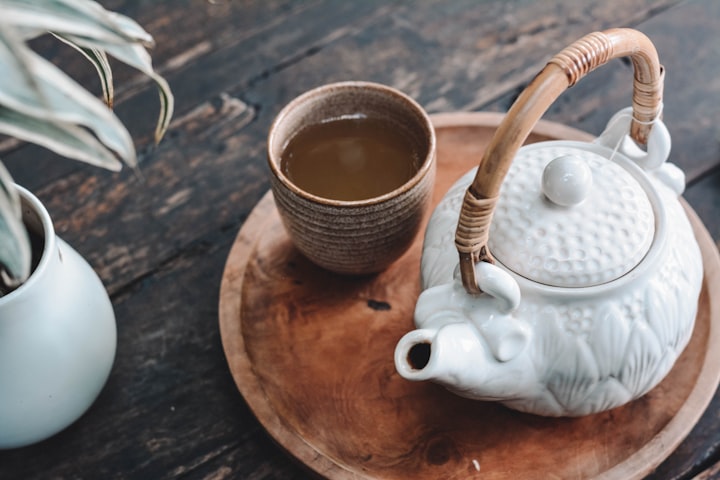

Comments
There are no comments for this story
Be the first to respond and start the conversation.